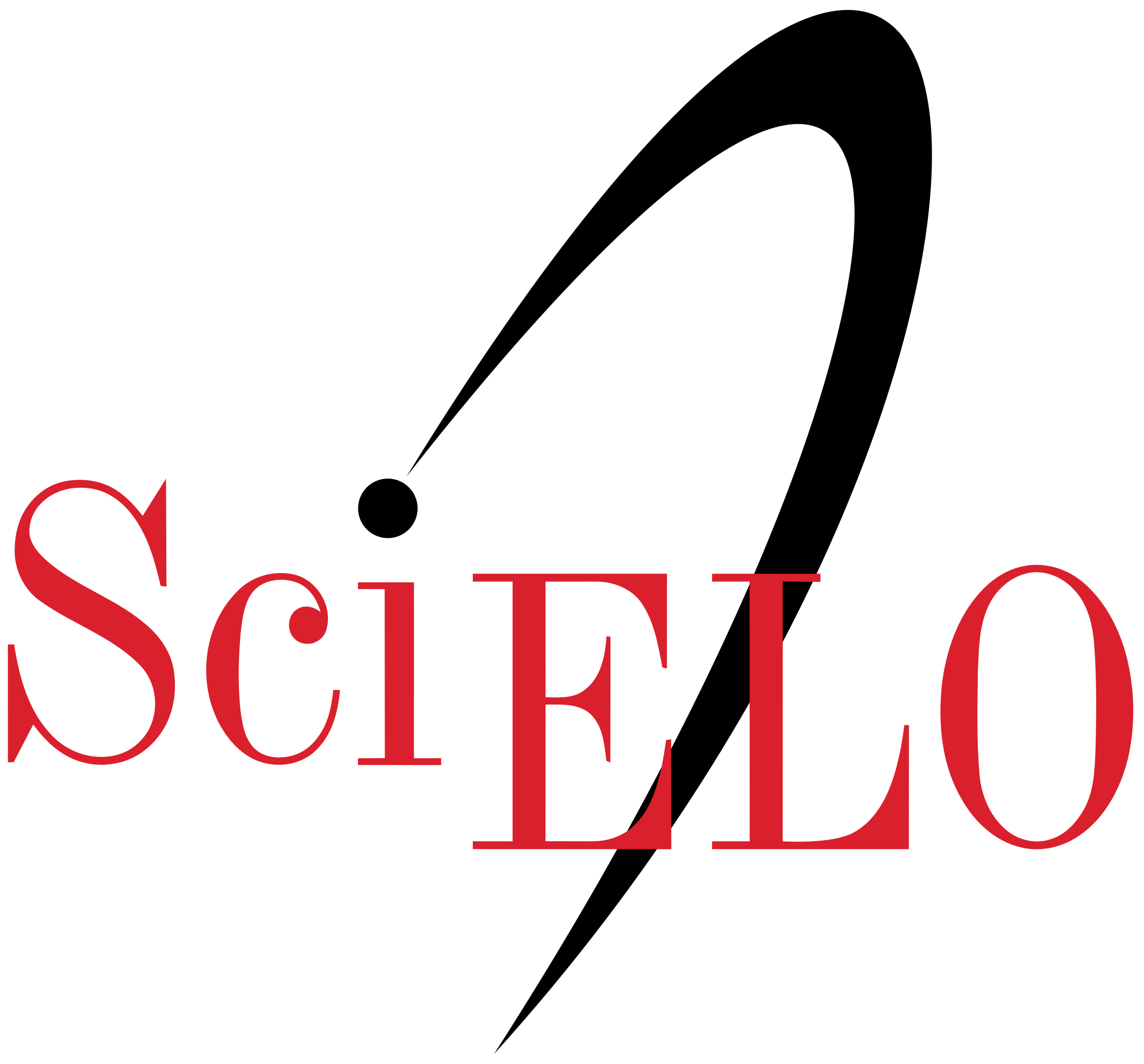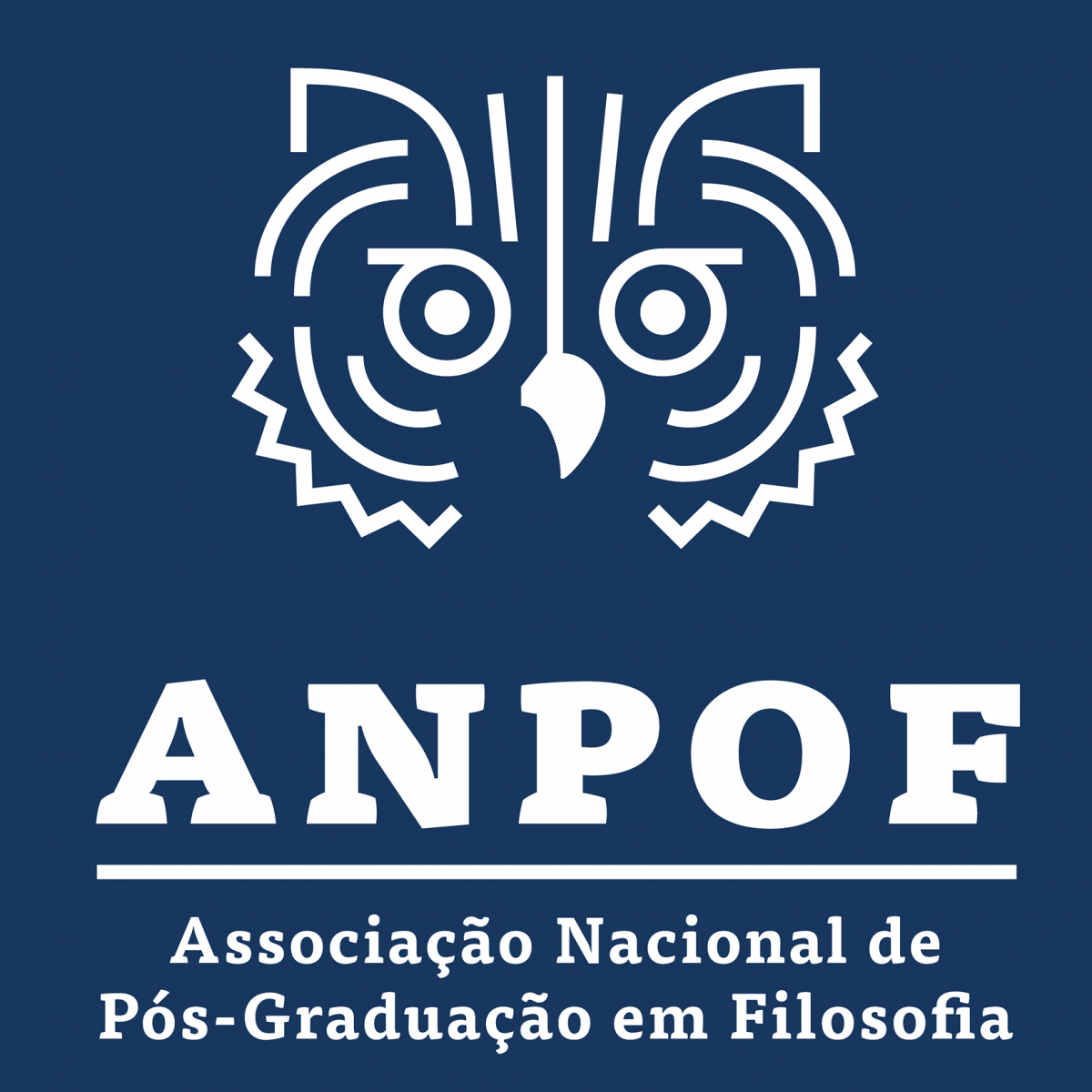EL ENFOQUE DE LA NEUTRALIDAD Y LA SEXUALIDAD DEL DASEIN EN LA ANALÍTICA DE HEIDEGGER ENTRE 1927-1929
Palavras-chave:
Neutralidad, Géneros sexuales, Dispers´ión, Libertad, Horizonte temporalResumo
En este trabajo analizaremos las consideraciones sobre la neutralidad y la sexualidad del Dasein en sus articulaciones con la dispersión
fáctica y la libertad en las elaboraciones de Heidegger entre 1927 y 1929. En este marco nos proponemos argumentar que tales consideraciones tienen como
función poner de manifiesto el carácter primario de la estructura ontológica del Ser-con y el horizonte originario de la temporeidad, desde la cual circunscribe el empuje de las dinámicas respectivas. Para ello, en primer lugar analizaremos la consideración de la neutralidad y la dispersión en Sein und Zeit en el marco de sus especificaciones respecto del Dasein cotidiano. Luego, distinguiremos las especificaciones y reelaboraciones en su curso de Marburg (1928), respecto del estatuto ontológico que le confiere a la neutralidad en sus relaciones con la concreción fáctica y la libertad. Finalmente dedicaremos el último apartado al análisis e interpretación del sentido de la neutralidad y la dispersión que articula de modo diferencial en su curso de Freiburg (1928-1929). Junto a ello, buscamos aportar con la clarificación del lugar que ocupa las consideraciones de la corporalidad física en este período, en diálogo con interpretaciones relevantes de su obra.
Referências
BASSO MONTEVERDE, L. “Aportes para una interpretación de la estructura del Dasein de acuerdo a su carácter bidimensional”. Areté. Revista de Filosofía, XXVI, (2), 2014, pp. 273-293. Recuperado de: http://www.scielo.org.pe/pdf/arete/v26n2/a05v26n2.pdf.
BAUER, E. « Verstehen als Existenzial menschlichen Daseins ». Existenzanalyse, 33(1), 2016, pp. 4-14. Recuperado de: https://www.existenzanalyse.net/wp-content/uploads/EA_1_2016_Bauer.pdf.
BERCIANO, M. “¿Qué es realmente el “Dasein” en la filosofía de Heidegger?”. Thémata. Revista de Filosofía, N. 10, 1992, pp. 435-450. Recuperado de: https://idus.us.es/bitstream/handle/11441/27244/file_1.pdf?sequence=1&isAllowed=y.
BULO-VARGAS, V. “Entre naturaleza y técnica: una cuestión de tacto”. Revista de Filosofía, Vol. 68, 2012, pp. 55-64. Recuperado de: http://dx.doi.org/10.4067/S0718-43602012000100005.
BUTIERREZ, L. “Tiempo y singularización. Enfoques de las dinámicas relacionales del Dasein en elaboraciones de Heidegger entre 1927-1930”. Revista Areté, 33(1), 2021, pp.27-47.
CAMPILLO, N. “Ontología y diferencia de lo sexos”. En: TUBERT, S. (ed.). Del sexo al género: los equívocos de un concepto. Madrid: Cátedra, 2003. pp. 83-122.
COLLIN, F. “Diferencia y Diferencio: la cuestión de las mujeres en la filosofía”. En: AA.VV. Historia de las mujeres. (Tomo V). Madrid: Taurus, 2000. pp. 291-321.
DAHLSTROM, D. “Heidegger’s Concept of Temporality: Reflections on a Recent Criticism”. Review of Metaphysics, 49, 1995.
DE WAELHENS, A. (1942) « Une philosophie de l’ambiguïté ». En : MERLEAU-PONTY, M. La structure du comportement. Paris: Presses Universitaires de France, 1990. pp. V-XV.
______. « La phénoménologie du corps ». Revue Philosophique de Louvain, 48 (19), 1950, pp. 371-397. Recuperado de: https://www.persee.fr/doc/phlou_0035-3841_1950_num_48_19_4299.
DERRIDA, J. (1985). “Geschlecht II. La mano de Heidegger”. En: DERRIDA, J. Psyché. Invenciones del otro. Bs As., Ed. La Cebra, 2017. pp. 495-534.
______. “El tocar, Jean-Luc Nancy”. Bs. As., Amorrortu, 2011.
______. “Geschlecht I. Diferencia sexual, diferencia ontológica”. En: DERRIDA, Psyché. Invenciones del otro. Ed. La Cebra, Bs As., 1983. pp. 473-494.
______. “Geschlecht III: Sex, Race, Nation, Humanity”. G. Bennington, K. Chenoweth; R. Therezo (eds.). Chicago: University of Chicago Press, 2020.
ESCUDERO, J. A. “Heidegger y el olvido del cuerpo”. Lectora, Nr. 17, 2011, pp. 181-198. Recuperado de: https://revistes.ub.edu/index.php/lectora/article/view/7214.
FLEISCHER, M. “Die Zeitanalysen in Heideggers ‘Sein und Zeit’. Aporien, Probleme und ein Ausblick”. Würzburg: Königshausen und Neumann, 1991.
GÓMEZ PEDRIDO, M. “La neutralidad (Neutralität) del Dasein como condición ontológica de su corporalidad viviente (LeibKörper) en el Heidegger posterior a Ser y tiempo”. En: I Jornadas Internacionales Filosofías del Cuerpo/ Cuerpos de la Filosofía. Departamento de Filosofía, Facultad de Filosofía y Letras (UBA), Buenos Aires, 2013. pp. 215-223. Recuperado de: https://www.aacademica.org/maria.luz.moreno/5.pdf.
GÓMEZ-ARZAPALO Y VILLAFAÑA, F. “Heidegger y la falsa paradoja del amor”. En: ROCHA DE LA TORRE (ed.). Martin Heidegger: la experiencia del camino. Barranquilla: Ediciones Uninorte, 2009. pp. 79-94.
GROSZ, E. “Ontology and Equivocation: Derrida’s Politics of Sexual Difference, en Feminist Interpretation of Jacques Derrida”. Ed. N. J. Holland. Pennsylvania: Pennsylvania State University Press, 1997. pp. 73-101.
HAAR, M. « Heidegger et l´essence de l´homme ». Grenoble: Jérôme Million, 1990.
HEIDEGGER, M. (1927) [SuZ] “Sein und Zeit”. Tübingen: Niemeyer (trad.: “Ser y Tiempo”. Trad. J. E. Rivera. Santiago, ed. Universitaria de Chile, 1997; trad. J. Gaos, Buenos Aires: FCE, 2000) (GA 2).
______. (1928) [MAL] “Metaphysische Anfangsgründe der Logik im Ausgang von Leibniz (SS 1928)”. Ed. K. Held, 1978 [trad.: Principios metafísicos de la lógica, trad. García Norro, Madrid: Síntesis, 2009]. (GA 26).
______. (1928-1929) [EP] “Einleitung in die Philosophie (Winter semester 1928/29)”. Ed. O. Saame et I. Saame-Speidel, 2001 [trad.: “Introducción a la filosofía”, trad. M. Jiménez Redondo, Madrid: Cátedra, 2001] (GA 27).
______. (1930a) “Vom Wesen der menschlichen Freiheit. Einleitung in die Philosophie (Summer semester 1930)”. Ed. H. Tietjen, 1994. (GA 51).
______. (1930b). “Vom Wesen der Wahrheit”. En: Wegmarken. Ed. F.-W. von Herrmann, 3rd ed. 2004 [T.C.: “Hitos”, trad.: Helena Cortés y Arturo Leyte, Madrid, Alianza, 2007], pp. 177-201[151-171]. (GA 9).
______. (1959-1969), “Zollikoner Seminare”. En: P. Trawny (ed.), Gesamtausgabe (Vol. 89). Frankfurt am Main: Vittorio Klostermann, 2018.
HEINZ, M. (1986) “The Concept of Time in Heidegger´s Early Works”. En: A Companion to Martin Heidegger’s Being and Time (ed. J. Kockelmans). Washington: University Press of America, 1986.
JOHNSON, F. “¿Cómo pensar el cuerpo al margen de la idea de sujeto corporal? Mera presencia y claro del ser en Zollikoner Seminare de Heidegger”. Revista Anales del Seminario de Historia de la Filosofía, 37 (1), 2020, pp. 85-98. Recuperado de: https://doi.org/10.5209/ashf.62324.
LAGOS-BERRÍOS, R. “Heidegger y la cuestión del cuerpo en Ser y tiempo: buscando el lugar del cuerpo en la analítica existencial del Dasein”. Límite. Revista interdisciplinaria de Filosofía y Psicología, 15(3), 2020, pp. 1-16. Recuperado de https: http://dx.doi.org/10.4067/S0718-50652020000100203.
LLORENTE, J. “Heidegger y el estatuto ontológico del cuerpo. Una confrontación con la fenomenología de la carnalidad de Michel Henry”. Ideas y Valores, Vol. 65, Nr. 162, 2016, pp. 261-289. Recuperado de: http://dx.doi.org/10.15446/ideasyvalores.v65n162.48418.
MERLEAU PONTY, M. (1945). “Phénoménologie de la Perception”. Paris: Gallimard [T.C.: “Fenomenología de la percepción”, Trad. Jem Cabanes, Barcelona, Planeta-Agostini, 1993].
NANCY, J-L. “Corpus”. Madrid: Arena libros, 2010.
ORTIZ DE LANDÁZURI, C. “Dasein, personeidad, intersubjetividad y persona núcleo. El sujeto relacional después de Heidegger, en Zubiri, Apel y Polo”. Rev. Metafísica y persona, (15), 2016, pp. 87-125. Recuperado de: https://doi.org/10.24310/Metyper.2015.v0i13.2721.
QUESADA, R. “Sexualidad diseminación y lectura”. Theoría, Nr. 27, 2014, pp. 29-41. Recuperado de: https://doi.org/10.22201/ffyl.16656415p.2014.27.496.
RAE, G. “Freud and Heidegger on the ‘Origins’ of Sexuality”. Human Studies, Vol. 42 Nr. 2, 2019, pp. 543-563. Recuperado de: https://link.springer.com/article/10.1007/s10746-019-09525-3.
RODRIGUES, C. “Diferença sexual, direitos e identidade: um debate a partir do pensamento da desconstrução”. Cadernos Pagu. 34, 2010, pp. 209-233. Recuperado de: https://periodicos.sbu.unicamp.br/ojs/index.php/cadpagu/article/view/8644956.
RODRÍGUEZ SUÁREZ, L. P. “La naturaleza hermenéutica de la experiencia corporal y del fenómeno del dolor según Heidegger”. Claridades. Revista de filosofía, Nr. 11, 2019, pp. 187-211. Recuperado de: http://dx.doi.org/10.24310/Claridadescrf.v11i1.5454
SARTRE, J.-P. « L’Être et le Néant ». Paris : Gallimard, 1943.
VÉLEZ LÓPEZ, G. “La semilla del humanismo. Moralidad y ontología fundamental en Heidegger”. Revista Co-herencia, Vol. 10, Nr. 20, 2014, pp. 121-139. Recuperado de: http://www.scielo.org.co/pdf/cohe/v11n20/v11n20a06.pdf.
VERANO GAMBOA, L. “El ser corporal: Dasein y lenguaje en el pensamiento de Martin Heidegger”. Convivium, 29/30, 2016-2017, pp. 185-202. Recuperado de: https://www.raco.cat/index.php/Convivium/article/view/334698.
Downloads
Publicado
Edição
Seção
Licença
Copyright (c) 2022 Revista Kriterion

Este trabalho está licenciado sob uma licença Creative Commons Attribution 4.0 International License.










